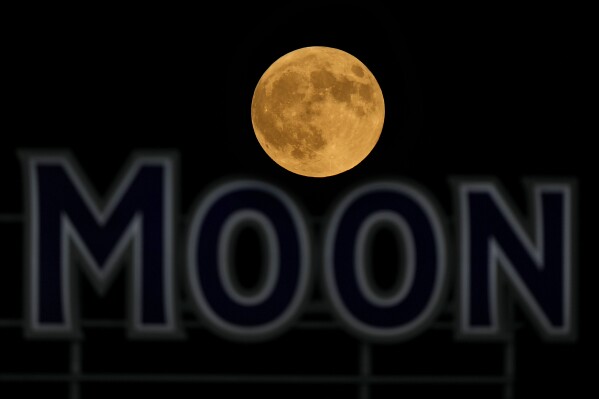Your support helps us to tell the story
Support NowThis election is still a dead heat, according to most polls. In a fight with such wafer-thin margins, we need reporters on the ground talking to the people Trump and Harris are courting. Your support allows us to keep sending journalists to the story.
The Independent is trusted by 27 million Americans from across the entire political spectrum every month. Unlike many other quality news outlets, we choose not to lock you out of our reporting and analysis with paywalls. But quality journalism must still be paid for.
Help us keep bring these critical stories to light. Your support makes all the difference.
Scientists said Tuesday that they’re concerned about the United States’ readiness for stronger solar storms after the most intense storm in decades hit Earth in May.
NASA and NOAA announced that the sun had reached the solar maximum period of its cycle. This means an increase in solar activity, like sun spots that give rise to solar eruptions, or flares. That activity could continue during the course of the next year.
“We know we can get much bigger storms than occurred so far this cycle, that occurred in May of this cycle,” NOAA Space Weather Prediction Center Program Coordinator William Murtagh during at a Tuesday afternoon teleconference. He cited storms in 1859, 1872, and 1921, that were “several times bigger” than May’s storm. “That is our concern. Are we ready for a storm of that magnitude?”
Solar storms are caused by energy released from the sun, a 4.5 billion-year-old yellow dwarf star that spins approximately 93 million miles away from Earth at the center of our solar system. The sudden explosion of particles, energy, and magnetic fields can disturb the Earth’s own magnetic field, which shields the planet’s surface from harmful effects. These disturbances are known as geomagnetic storms, and can result in radio blackouts and power outages. They can also generate strikingly beautiful auroras when particles from the sun collide with Earth’s atmosphere.
The sun is made up of plasma, an electrically-charged hot gas, which creates a powerful magnetic field. That field goes through a cycle, known as the solar cycle. During the solar cycle, the sun oscillates between low and high magnetic activity. Roughly every 11 years, at the height of this cycle, its magnetic poles swap places, and the star becomes more active and stormy.
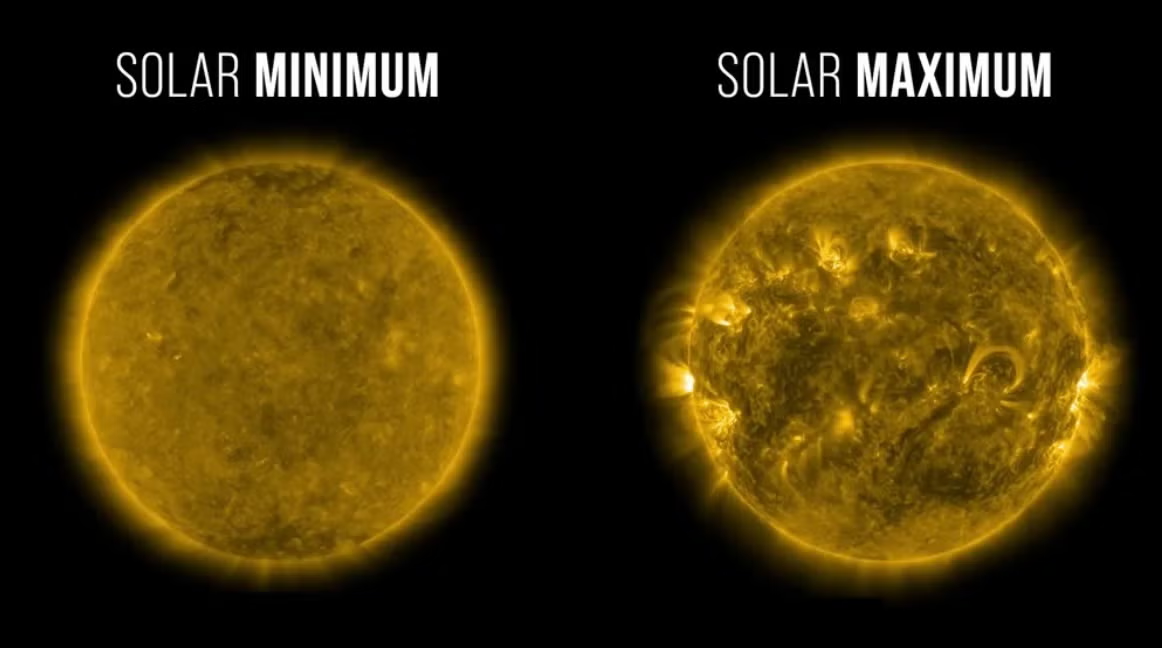
In early May, multiple coronal mass ejections, or large expulsions of plasma and magnetic field from the outermost part of the sun’s atmosphere, hurdled toward Earth. They created the strongest geomagnetic storm to reach Earth in two decades and what is potentially among the strongest displays of auroras in the past 500 years.
The storm resulted in a half a billion-dollar impact to the US precision agriculture industry, which uses GPS to help improve crop yields and make farms more efficient.
Murtagh explained solar storms can interfere with Earth’s ionosphere, a part of Earth’s upper atmosphere that reflects radio waves used for communication and navigation. Signals from the ground to satellites and from satellites to receivers have to pass through the ionosphere. During big solar storms, scientists observed technological interference “all the time,” he said.

“Last week and back in May, high frequency communications with aircraft were significantly impacted. Mostly at the higher latitudes,” Murtagh told reporters. “But, last week we were advising FEMA and other emergency responders that: ‘Yes, be ready. Be prepared. Because the communications you are relying on and the GPS – those signals may be degraded during those important response and recovery efforts following those hurricanes.’”
He said he wasn’t sure if solar storms had caused problems last week, as Hurricane Milton made landfall in Florida and relief efforts continued in states slammed by Hurricane Helene.
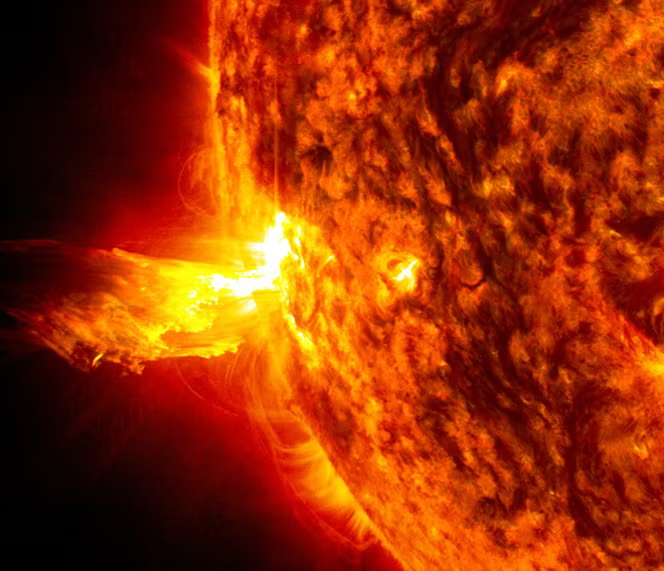
In the future, and as the commercial space industry expands and with an increased risk of high-impact space weather occurring on any given day, he and others say that the need for more research in the area is critical, including finding out just how big these storms can be.
Jamie Favors, the director of NASA’s Space Weather Program, pointed out that Artemis II and Artemis III astronauts will be outside of Earth’s protective magnetosphere. Artemis II, in which astronauts will venture around the moon during the first crewed flight of the Space Launch System rocket, is scheduled for no sooner than September 2025.
“So those forecasts provided by SWPC here are ever more critical for the decision-making and the safety of those astronauts,” Favors said.
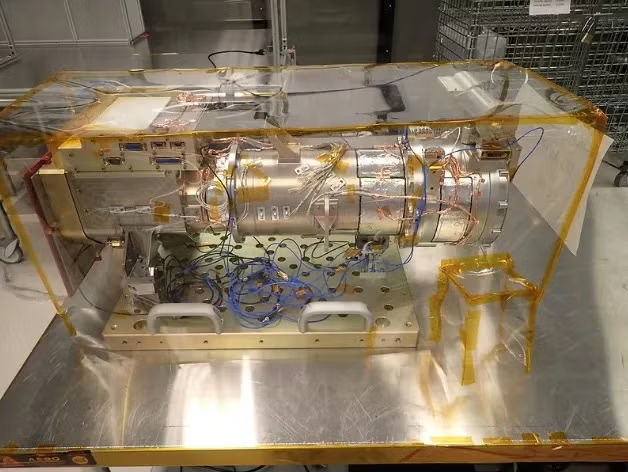
Earlier in the year, NOAA launched the GOES-19 satellite, which carries the nation’s first space-based operational coronagraph, which is a device designed to image the sun’s atmosphere and detect coronal mass ejections for space weather forecasting.
The first satellite dedicated to space weather observations, NOAA’s SWFLO-L1, will also launch next year to help keep an eye on the sun’s atmosphere and track storms.
Until then, Murtagh said they’re not expecting any “apocalyptic” impacts to the Internet or other systems. There were active warnings issued by the center on Tuesday and auroras were seen in states throughout the country last week.
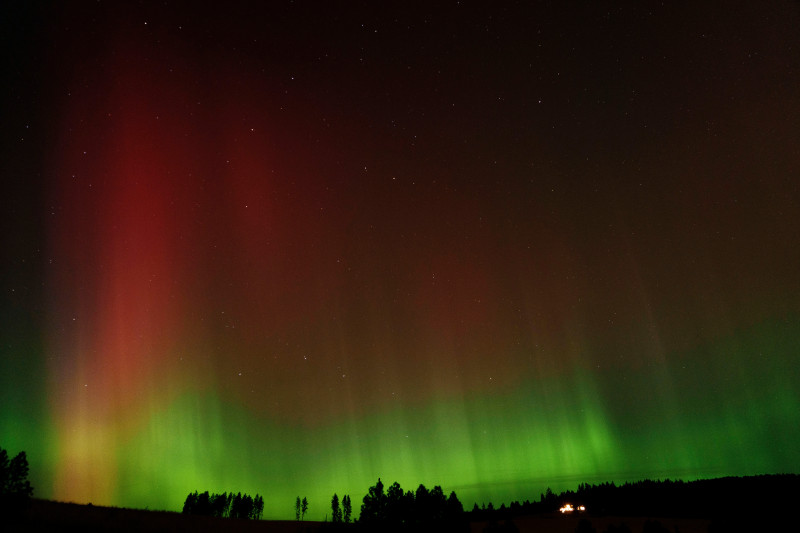
“We’re not expecting anything apocalyptic, but I do think we can see space weather events that are certainly a lot larger than we have seen and that could cause some problems with our power grids, satellites, communication systems, GPS, and other technologies that we rely on for everything we do today,” he said.
Disclaimer: The copyright of this article belongs to the original author. Reposting this article is solely for the purpose of information dissemination and does not constitute any investment advice. If there is any infringement, please contact us immediately. We will make corrections or deletions as necessary. Thank you.

